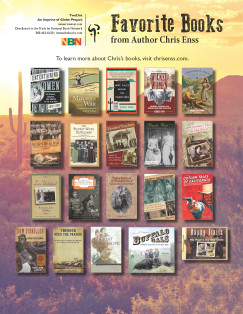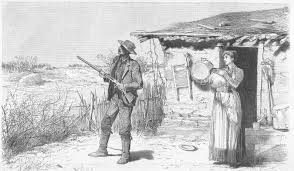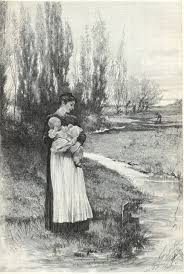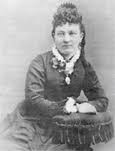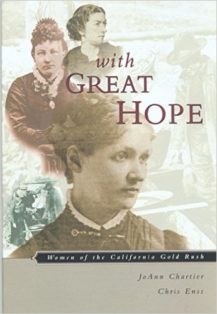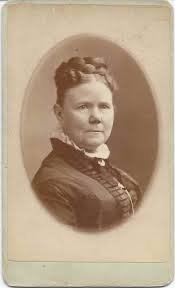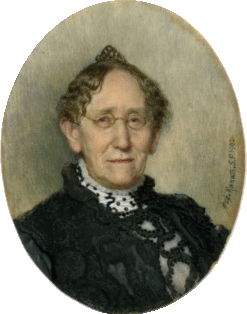Enter to win a copy of Outlaw Tales of California
True Stories of the Golden’s State’s Most Infamous Crooks, Culprits, and Cutthroats.
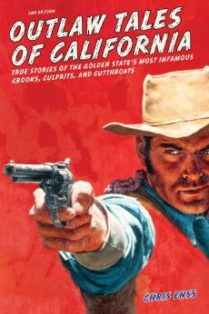
Stories of the bandits, cattle rustlers, horse thieves, and highwaymen of the Old West have intrigued readers since the first pioneers ventured across the plains. More than 125 years after outlaw Jessie James made a famously candid statement about the public’s continuing interest in criminals, people continue to be drawn to the tales of the desperadoes who roamed the wild frontier. As Jesse aptly commented in 1879, “All the world likes an outlaw. For some damn reason they remember them.”
A lawless element followed the daring collection of prospectors, hard-working emigrant men and women, and enterprising farmers to the gold fields of California. While civilized pioneers were building churches, schools, theaters, and hotels, thieves and outlaws were terrorizing camp followers, looting mining claims, and robbing Wells Fargo stagecoaches.
Where liquor ran freely, it seemed so did crime. Alcohol often eroded away any effort ambitious sojourners painstakingly made to tame the rowdy territory. Drunkenness, banditry, and violence plagued the California boomtowns, provoking frightened citizens to take the law into their own hands, or appoint willing, but unqualified, peace officers to act on their behalf.
Many of the outlaws who dominated sections of the rugged territory were desperate men who were once honest members of the community, but who felt forced by circumstances into a life of evil. In the later part of the 1860s, a majority of the offenders were veterans of the Civil War, ex-Confederate soldiers like Cole Younger, Frank Dalton, and Ben Thompson, who were convinced they no longer had a country of their own, or a choice but to become a criminal.
Outlaw Tales of California contains the tales and adventures of the most famous rebels and brigands in California’s history. Listed among the wanted men of long ago are Black Bart, the notorious highwayman who rarely left the scene of a crime without leaving a poem behind; John Allen, the barber turned horse thief also known as Sheet-Iron Jack; and the most feared bandit of all, “Bloody” Joaquin Murieta.
To learn more about the bad guys of the Gold Country read Outlaw Tales of California:
True Stories of the Golden’s State’s Most Infamous
Crooks, Culprits, and Cutthroat.


